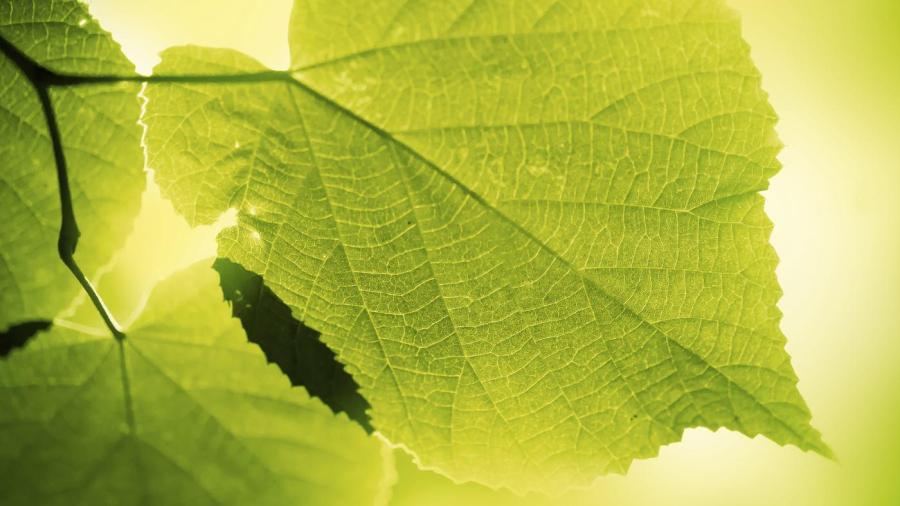How Long Does Photosynthesis Take?

Plant cells perform the light and dark reactions of photosynthesis, including the synthesis of the sugar, glucose, in as little as 30 seconds. Even more amazingly, spinach leaves exposed to a flash of light can form stable 3-carbon precursors of glucose in only five seconds.
Biologists divide photosynthesis into two stages: the light reactions, which make direct use of sunlight, and the dark reactions, which can take place in the absence of light. In plants, photosynthesis takes place in specialized organs called chloroplasts, which use the energy in sunlight to trigger a reaction from the chemical chlorophyll. Water molecules are split during this reaction, which generates oxygen as a by-product. Plant cells use this electron flow to create a proton gradient, which allows them to generate the energy carrier ATP, as well as to reduce NADP to NADPH; this marks the end of the light reactions.
The dark reactions are sometimes referred to as the Calvin Cycle, named after Melvin Calvin, the scientist who discovered them in the 1940s. These reactions take place in the stoma or matrix of the chloroplast, unlike the light reactions, which take place along the thylakoid membrane. The chloroplast uses the ATP and NADPH generated in the light reactions along with water to attach carbon dioxide to a sugar called ribulose bisphosphate. Six turns of the Calvin Cycle are necessary to generate a six- carbon sugar such as glucose.





